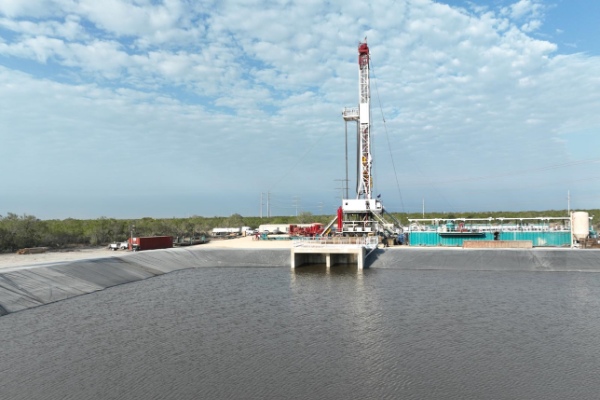Chevron Announces Headquarters Relocation to Houston
Published Aug 02, 2024 by Taylor Tatum
[PRESS RELEASE] - Chevron Corporation (NYSE:CVX) today announced the relocation of the company’s headquarters from San Ramon, California, to Houston, Texas, and senior leadership changes.
Headquarters Relocation
The company’s headquarters will move from San Ramon, California, to Houston, Texas. Chevron Chairman and CEO, Mike Wirth, and Vice Chairman, Mark Nelson, will move to Houston before the end of 2024 to co-locate with other senior leaders and enable better collaboration and engagement with executives, employees, and business partners.
There will be minimal immediate relocation impacts to other employees currently based in San Ramon. The company expects all corporate functions to migrate to Houston over the next five years. Positions in support of the company’s California operations will remain in San Ramon.
Chevron currently has roughly 7,000 employees in the Houston area and approximately 2,000 employees in San Ramon. The company operates crude oil fields, technical facilities, and two refineries and supplies more than 1,800 retail stations in California.
Leadership Announcements
The company also announced the following leadership changes:
Nigel Hearne, executive vice president, Oil, Products & Gas, will retire from Chevron after 35 years of service to the company. Since 2022, Hearne has led the consolidation of Chevron’s Upstream, Midstream and Downstream businesses, ensuring a more integrated approach to value chains, asset class excellence and operational excellence.
“Nigel’s contributions across the business and around the world have made Chevron a stronger company,” said Mike Wirth, Chevron’s chairman and chief executive officer. “He’s been an inspiring leader and mentor to many, and his accomplishments position our company for even more success in the future.”
Mark Nelson, Chevron’s vice chairman, will take responsibility for Oil, Products & Gas, effective October 1, 2024.
Rhonda Morris, vice president and chief human resources officer, will retire after 31 years of service to the company. Since 2016, Morris has been responsible for shaping and driving Chevron’s people and culture strategy, including leadership succession, learning and talent, diversity and inclusion, workforce planning and total rewards.
“Rhonda has been a tireless advocate for our people, helping ensure our employees work in an inclusive environment where they can learn, develop and have rewarding careers,” said Wirth.
Michelle Green, vice president, Human Resources, Oil, Products & Gas, will succeed Morris as vice president and chief human resources officer, effective January 1, 2025.
Colin Parfitt, vice president, Midstream, will retire after 29 years of service to the company. Since 2019, Parfitt has been responsible for the company’s shipping, pipeline, power and energy management and supply and trading operating units.
“Colin has made an important impact on Chevron’s commercial capabilities,” said Wirth. “Under his leadership, our Midstream organization has created value by connecting and better integrating value chains around the world.”
The company appointed Andy Walz, currently president, America’s Products, to president, Downstream, Midstream & Chemicals, effective October 1, 2024. In this role, Walz will be responsible for directing the company’s worldwide manufacturing, marketing, lubricants, chemicals and additives businesses along with Chevron’s shipping, pipeline, power, and trading units.
Chevron is one of the world’s leading integrated energy companies, believing that affordable, reliable and ever-cleaner energy is essential to enabling human progress. Chevron produces crude oil and natural gas; manufactures transportation fuels, lubricants, petrochemicals and additives; and develops technologies that enhance its business and the industry. Chevron aims to grow its oil and gas business, lower the carbon intensity of its operations and grow lower carbon businesses in renewable fuels, carbon capture and offsets, hydrogen and other emerging technologies. More information about Chevron is available at www.chevron.com.
Media Contact:
Randy Stuart: +1 (713) 283-8609



















